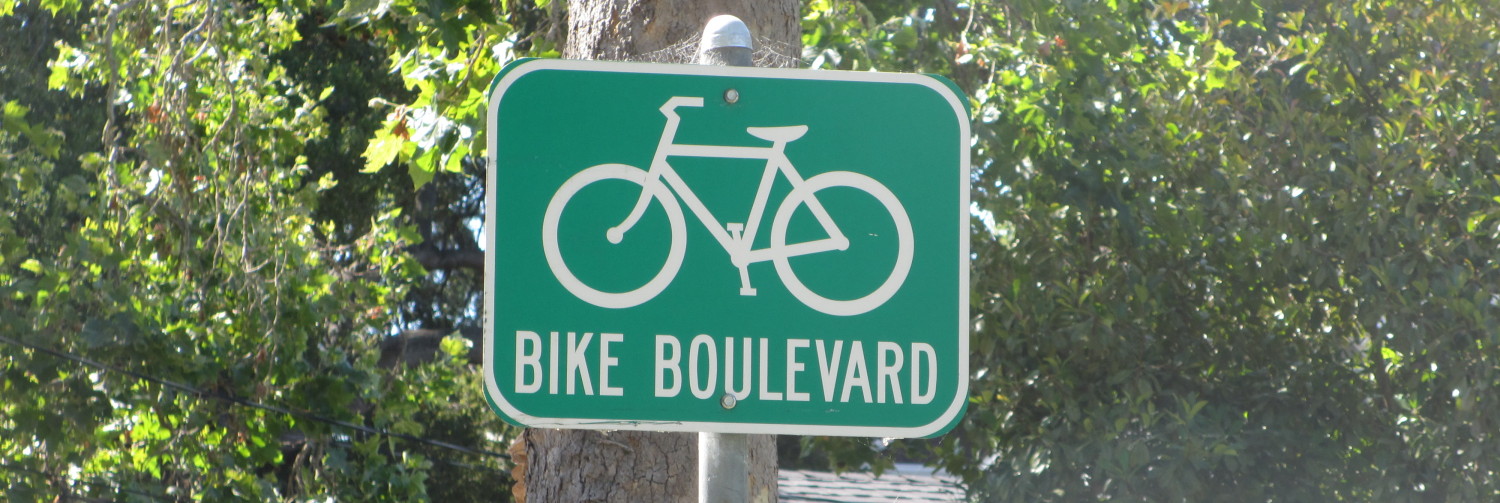Vancouver gasoline prices hit $1.429 per litre on Sunday. What is happening here? Richard Eade has some commentary.
(above: photo in Vancouver Sun a few days ago) http://vancouversun.com/news/local-news/gasoline-shortage-fuels-price-hike-in-lower-mainland
Two days ago I filled our car at $1.009 per litre. When I came home last night, the price was $1.129 per litre. Yup, a 12 cent jump; and that didn’t make the media around here.
It used be that there was a connection between the price of oil and the price of gasoline. If oil went up, then the price of gasoline would also rise. If oil dropped, then (after a suitable delay, which was not required if prices were climbing) gas prices would drop. That connection was broken many years ago and gasoline became a commodity of its own, with a price that is based on what wholesalers are willing to bid. The cost of oil could go up or down, but the price of gasoline would go up and down independently.
So, now the price of gasoline is affected by its own criteria. If the reserves in the US are low, then the price rises. If the winter blend of fuel has expensive additives, the price of gasoline goes up. If more people are expected to drive during the summer months, creating more demand, then the price will increase. A refinery that reduces production for any reason will increase the gasoline price. Even counter-intuitive reasons, like the one I heard mid-March, that the rate of decline in the US reserves has dropped, will result in the price climbing.
There are very few reasons given by ‘experts’ that don’t trigger an increase in gasoline prices. And why shouldn’t the wholesale buyers keep bidding up the price of gasoline? They lose nothing since they can simply pass that increase along to the final customer – because people seem to need to drive. From my experience, about the only thing that causes a reduction in the price is a dramatic drop in gasoline sales. That can occur when the general economy ‘tanks’ (as happened in 2008) or when there is a large jump in the gas price – like when a 4.5 cent per litre ‘Eco-tax’ is added.
In December, gas was selling for about $1.099 per litre, and then January first brought the Ontario Government’s 4.5 cent per litre increase. ‘Gasoline math’ meant that the price on January 1 was $1.149 per litre. This large jump caused recoil in the driving population which resulted in a drop in gasoline sales. The solution was to drop the price to a level that would get drivers out and driving again. Thus, by early February, I was buying gas at $0.939 per litre. The price has been gradually creeping up since then to the $1.009 price I paid a couple of days ago.
I don’t expect the $1.129 price to last long, since it is too big a jump and will cause people to reconsider their driving habits; but it is a way to speed up the price rise. The shock of a one, two, or even three day high price will cause buyers to balk at going to the pumps. So, when the price drops back to $1.059, people will fill up and think that they are getting a deal.
This ‘shock and relief’ method has been used by the fuel companies over and over with great results. After a period of steady price increases people can start to ‘grumble’ that the price keeps going up; which it does. If the shock hits and then the price moves back a bit, that ‘rollback’ resets the expectations about gas prices. Then, from the new ‘low point’ (say, $105.9) prices can begin to creep up again. I’m expecting that gasoline prices will be about $1.139-$1.149 per litre by summer; but it will likely require another ‘shock’ of $1.17.9-$1.189 around the end of May.
– Richard Eade
PS Does anyone else remember the change to litres of fuel from the old imperial gallons? It used to be that the price per gallon always ended in ‘.9’ cents. Changes in the price for a gallon of fuel were always by full pennies so that the ‘.9’ could always remain. In fact, I remember that some of the price signs had the ‘.9’ just painted onto the sign. When the change to litres happened, one of the benefits was supposed to be that, since a litre is less than a quarter of a gallon, price changes would occur in fractions of pennies. That is, the ‘.9’ could be ‘.4’ or ‘.7’ with litres. It worked that way for a very short time, but soon reverted and since then the increases have been in full cents per litre – so the ‘.9’ is back as the standard suffix.



It all has to do with extremely inelastic demand. People buy cars once every 4 – 5 years, and they base a lot of their decision on “what does it cost to fill up the tank of this thing now” Not, “what will it cost to fill up if the gas price doubles, or if I get a job farther away?” So you buy that car, and now the gas companies basically have you over a barrel, until the next time you buy a car. And given that any kind of mass move towards more fuel-efficient vehicles is so slow, because a given person can’t or won’t buy a new car when the gas price changes, the gas companies, rightly, feel free to jack up the price as much as they can, because in the end, you’re gonna pay it.